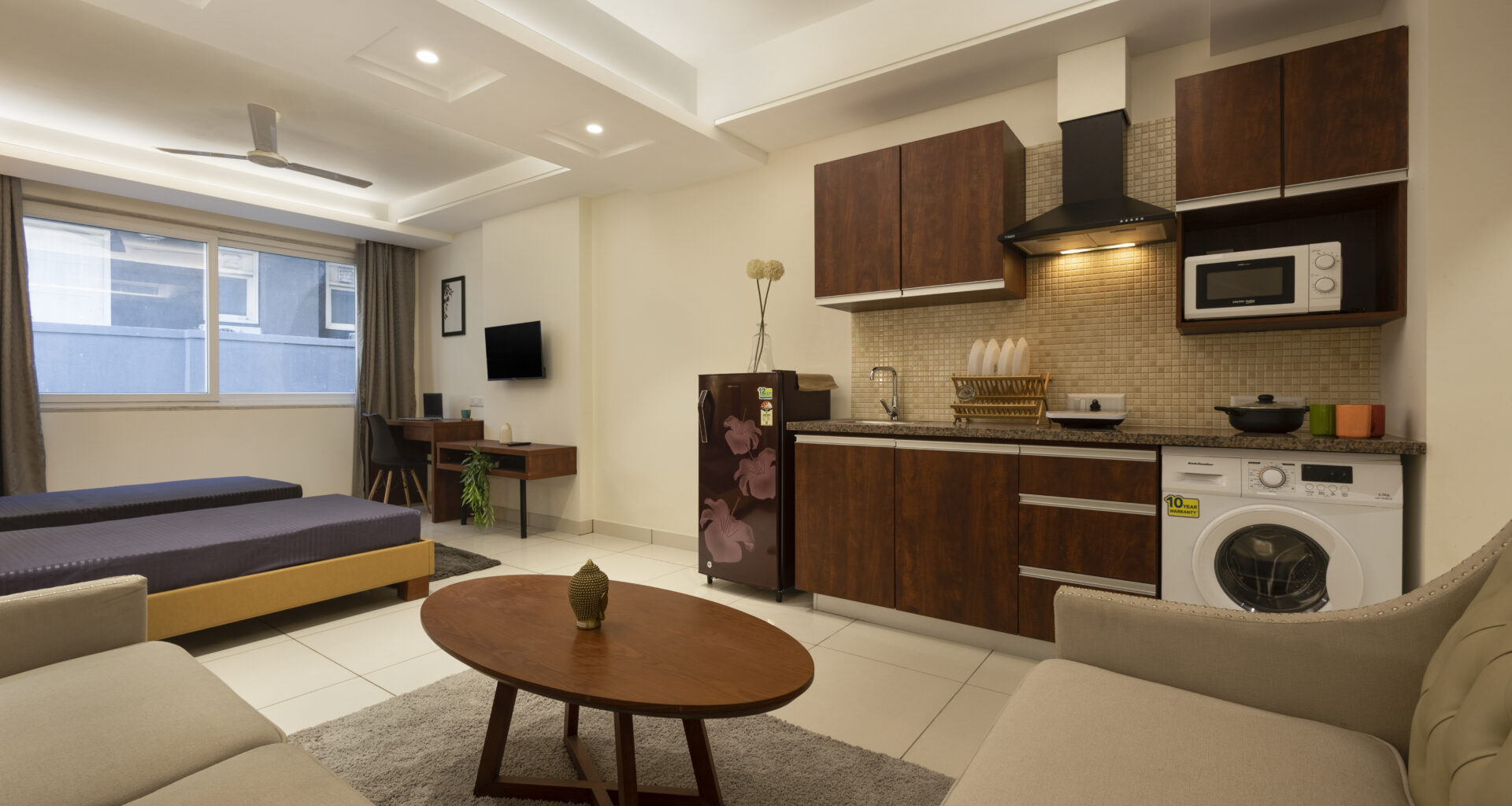By Aditya Surneni, Director & Chief Operating Officer, Boston Living
As India’s Information Technology (IT) sector experiences exponential growth, the trend of community living in urban areas is gaining momentum. Colliers’ recent report, “The Future of Co-living in India,” predicts a doubling of India’s co-living market by 2024, with an estimated 450,000 beds compared to the 210,000 beds available at the end of 2021. This substantial growth illustrates the shifting preferences and lifestyles of young urban professionals in India. In an era of expanding cities and fierce job market competition, co-living arrangements provide a convenient and cost-effective housing solution. This trend is part of a broader global movement towards co-living, where individuals are seeking a sense of community and shared experiences.
The surge in co-living spaces can be attributed to their proximity to workplaces and their commitment to diversity, wellness, and connectivity. These spaces have evolved beyond mere providers of comfortable accommodation, actively cultivating a sense of community and facilitating the sharing of meaningful experiences among residents. Achieving this experience is a meticulous endeavour, focusing on the comfort, safety, and privacy of every resident.
At the core of every successful co-living space are dedicated community managers who play a pivotal role in organizing events, mediating conflicts, and fostering a sense of belonging among residents. They tirelessly welcome new residents, address concerns, coordinate exciting events, and create a harmonious atmosphere within the community. Their presence is essential in creating an environment conducive to social interaction.
Furthermore, technology plays a significant role in connecting residents and enhancing community engagement. Many co-living spaces have developed their own mobile apps, serving as virtual community hubs. These apps enable customization and personalization of the resident experience. Residents can use these platforms to schedule meet-ups, discover like-minded individuals, and stay updated on exciting events and initiatives. This digital dimension not only adds convenience but also strengthens the bonds among residents.
One of the primary ways co-living spaces promote social interaction is by organizing a diverse array of community events catering to a wide range of interests and passions. Whether its movie nights, game nights, yoga classes, or cooking workshops, the goal is clear: encourage residents to come together, socialize, and build lasting connections. From celebrating cultural festivals to sparking discussions on personal finance, these events foster a shared sense of purpose and community.
Another key feature of co-living spaces is thoughtfully designed shared common areas. These spaces are carefully curated to encourage interaction among residents, including well-equipped co-working areas, cozy late-night cafes, fully equipped gyms, tranquil yoga rooms, and even spaces for sports enthusiasts. These amenities add convenience and comfort to the living experience, fostering spontaneous interactions among residents and further strengthening the sense of community.
An uncompromisable characteristic of co-living spaces is the diverse mix of tenants they attract. Residents come from various backgrounds, professions, and age groups, bringing a wealth of experiences and perspectives. This diversity enriches social interactions, offering opportunities for cross-cultural learning and personal growth. It creates an environment where residents are continually exposed to new ideas and worldviews, fostering a deeper understanding of one another.
Recognizing the importance of overall well-being, co-living spaces increasingly offer wellness and fitness programs. Yoga and fitness classes, meditation sessions, and wellness workshops are common offerings that unite residents in a shared pursuit of physical and mental wellness. These programs not only promote a healthy lifestyle but also create opportunities for social bonding and a sense of shared purpose. Residents can embark on their wellness journey together, supporting and motivating each other along the way.
In conclusion, the rapid growth of India’s co-living market, as predicted by Colliers’ report, reflects the changing dynamics of urban living and the evolving needs of a diverse and mobile workforce. Co-living spaces create an environment where social interaction is not just encouraged but celebrated. Through a combination of diverse community events, thoughtfully designed shared spaces, digital platforms, diverse resident communities, dedicated community managers, and wellness initiatives, co-living spaces are redefining how people connect, learn, and grow together.
Also Read: Indian Real Estate Sector Received Institutional Investments Worth USD 1.6 Bn








